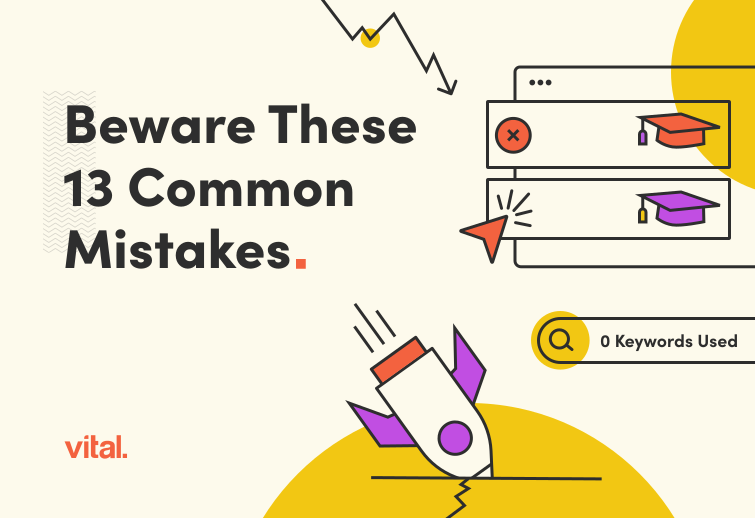As we discussed last week, there are several questions to ask when you’re optimizing your business’ PPC strategy. We covered questions 1-5 last week, and today in our conclusion we’ll cover 6-9. Be sure to click back to our previous pay-per-click campaign post to read the beginning of our series.
#6. How many ads should I test and for how long should I run them?
Well, how many click do your ads get per month? It depends on how you define what is an acceptable sampling of clicks. We’ve seen PPC management experts claim that anywhere from 50-100 clicks per ad is enough to define an acceptable sample. Once you have between 50-100 clicks per ad, you can then compare their click-through-rate to decide which ads to define as “successful” and keep and which ads to cut.
If you want to test your ads monthly, then what you can do is divide the number of clicks per month by the number you’ve defined as an acceptable sampling of total clicks to determine an acceptable sample. This can then inform what the maximum number of ads you should run per month should be.
For example, let’s say we define an acceptable sampling of clicks as 50. The number of ads you could run per month can be determined by dividing your total number of clicks per month (let’s say you get 200 clicks per month) by the number you’ve defined as an acceptable sampling of total clicks. Therefore 200 total ad clicks per month divided by our acceptable sample of ad clicks, 50, equals 4. Based on this equation, we could test 4 ad variations because we know we have the appropriate click traffic to support the test.
Depending on the competition for your small business’ keywords, you should be able to test several ad variations and learn which ones perform the best. Thus empowering your small business through legitimate traffic to make informed, strategic decisions about your Internet marketing strategy.
#7. What keyword match type are you using?
There are three keyword match types: broad, phrase and exact. Using broad match, not only will the search engine search for the keyword(s) you’re using but also similar phrases and relevant variations. Broad match will include misspellings, plurals and synonyms. Using phrase match search engines only trigger ads when keywords in your phrase are matched. To create phrase match keywords, surround your keyword phrases in quotes. Using exact match search engines only trigger ads when the exact phrase is matched. To create exact match keywords, surround your keyword phrases in brackets.
#8. Are you competing locally?
If you are, you can add your business’ address to your PPC Ads. This is a helpful bonus for local companies who want to find customers in their area. This option allows an advertiser to list their location just below their paid search ads. This resonates well with local searchers looking specifically for local businesses and service providers. If you’re a small business in New Hampshire who competes locally within the state, this is a great PPC tactic to employ. This strategy lets people know that you not only have the product/service that they’re looking for, but that you’re nearby.
#9. What is the Content Network?
Content targeting, which is active by default, is what Google uses to match the keywords in your ad groups to thousands of publishers within the Google network, known as Adsense. Instead of relying only on relevant queries in Google to trigger your ad, the Content Network places your ads on sites within the Google Network that contain content it sees as relevant to your keywords.
Historically, Google AdWords’ Content Network has gotten a bad rap. And for good reason. Advertisers usually see much lower ROI results from it than from the Google Search and Search Partner networks.
And it’s easy to suspect, when they recommend the Content network, that Google just wants clicks – for the revenue and to maintain control over a large piece of internet ad space. Turn it off.
The most overlooked aspect of Content Network campaigns is the fact that keywords must be chosen in a completely different fashion from Search networks. Because of this, it’s folly to run any one campaign in BOTH content and search networks. You must separate Content Network campaigns from search campaigns. If you run both, any one ad group will be setup for success in content or search, but not both.
Vital Design can help you strategize and manage pay-per-click campaigns for your business. Get in touch with us today to talk to an online marketing specialist.


